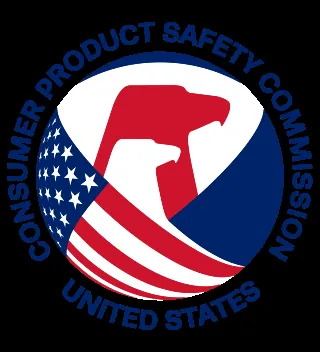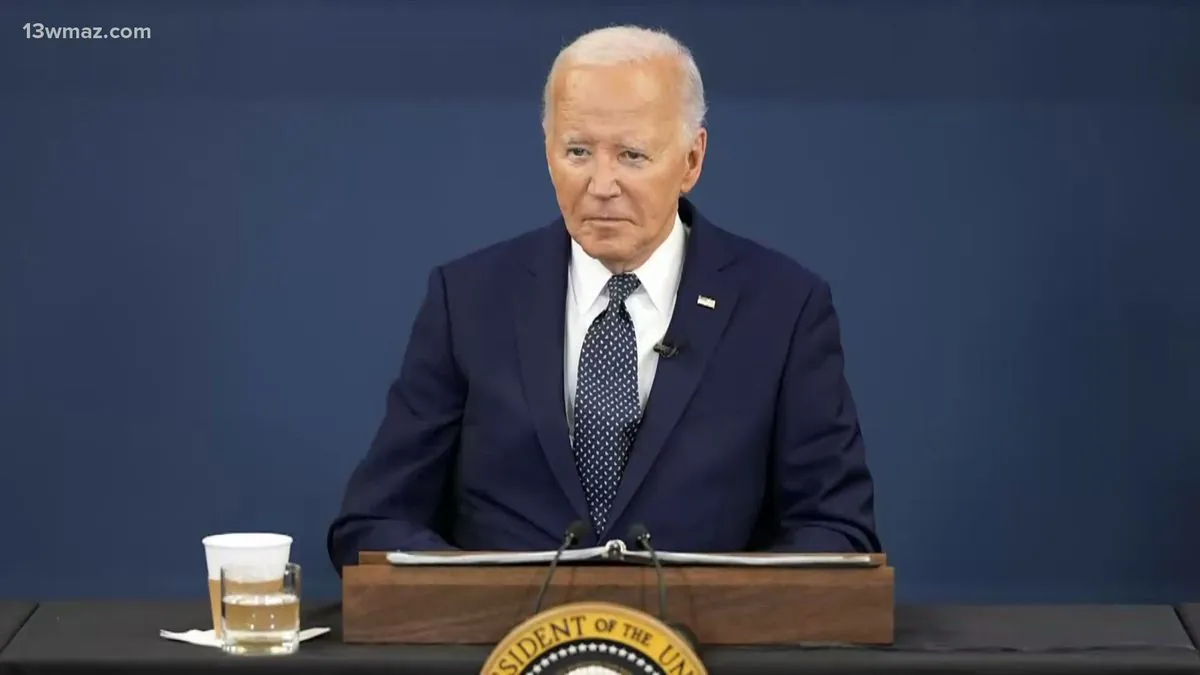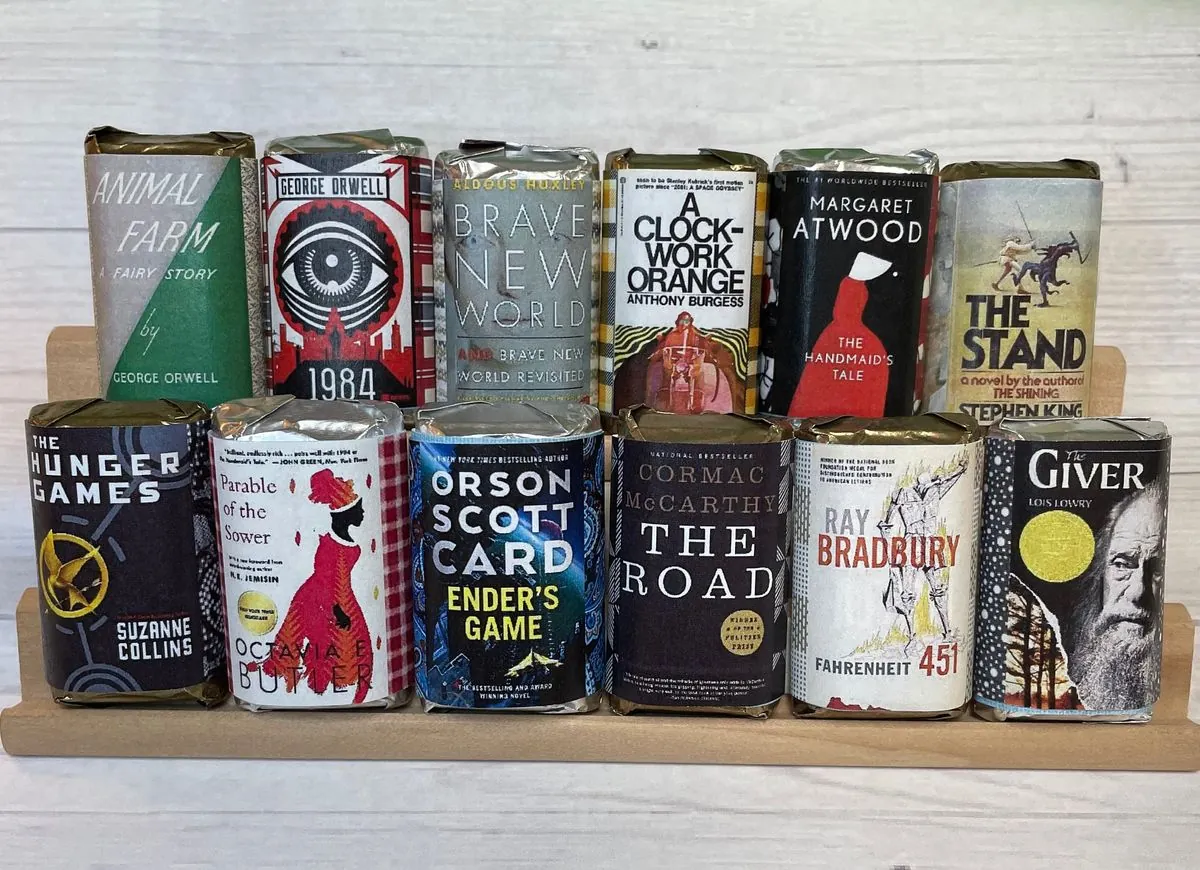U.S. Consumer Product Safety Commission
The United States Consumer Product Safety Commission is an independent agency of the United States government. The CPSC seeks to promote the safety of consumer products by addressing "unreasonable risks" of injury ; developing uniform safety standards ; and conducting research into product-related illness and injury. In part due to its small size, the CPSC attempts to coordinate with outside parties—including companies and consumer advocates—to leverage resources and expertise to achieve outcomes that advance consumer safety. The agency was created in 1972 through the Consumer Product Safety Act. The agency reports to Congress and the President; it is not part of any other department or agency in the federal government. The CPSC has five commissioners, who are nominated by the president and confirmed by the Senate for staggered seven-year terms. Historically, the commission was often run by three commissioners or fewer. Since 2009, however, the agency has generally been led by five commissioners, one of whom serves as chairman. The commissioners set policy for the CPSC. The CPSC is headquartered in Bethesda, Maryland.

Some of the key events about U.S. Consumer Product Safety Commission
- 1972Established as an independent federal regulatory agency to protect consumers against unreasonable risks from consumer products
- 1972Failed to adequately regulate flammable children's sleepwear, leading to injuries and deaths
- 1973Implemented the first mandatory safety standards for children's sleepwear to reduce fire-related injuries
- 1978Banned lead-based paint in residential properties and on products marketed to children
- 1978Delayed recall of defective cribs, resulting in infant injuries and fatalities
- 1983Inadequately addressed hazards in all-terrain vehicles (ATVs), contributing to numerous accidents
- 1986Slow response to dangers posed by lawn darts, which were eventually banned in 1988
- 1994Launched the "Back to Sleep" campaign to reduce Sudden Infant Death Syndrome (SIDS)
- 1998Delayed action on hazardous playground equipment, leading to continued injuries
- 2007Insufficient oversight of lead in children's toys, resulting in widespread recalls
- 2008Enacted the Consumer Product Safety Improvement Act, strengthening product safety standards and increasing the agency's authority
- 2010Delayed recall of drop-side cribs despite known safety issues
- 2011Created SaferProducts.gov, a public database for consumers to report and research product safety issues
- 2014Failed to promptly address safety concerns with Buckyballs magnetic toys
- 2016Banned certain phthalates in children's toys and child care articles to reduce potential health risks
- 2016Slow response to hoverboard fire hazards, leading to numerous incidents
- 2017Implemented a federal safety standard for infant sling carriers to prevent suffocation hazards
- 2019Established new federal safety standards for infant sleep products to reduce infant deaths
- 2019Delayed recall of inclined infant sleepers linked to multiple deaths
- 2021Issued a new federal safety standard for infant sleep products, including inclined sleepers, to address suffocation risks
Disclaimer: This material is written based on information taken from open sources, including Wikipedia, news media, podcasts, and other public sources.





























